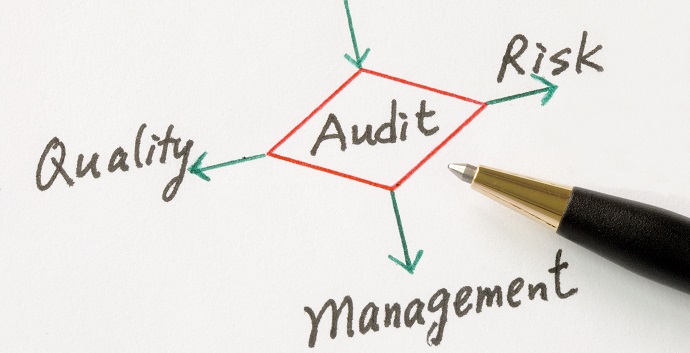Steve Bentley CEO of SAS (www.sassofia.com) considers how we can effectively assess the performance of a Safety Management System (SMS)
Introduction
Quality Assurance Audits are essentially prescriptive or compliance-driven means that there is a standard against which we are assessing conformity, any deviations are written up as a finding or a corrective action.
Safety Assurance System Audits on the other hand look at more than compliance (although this aspect is indeed a feature) Safety Audits look at the “performance” of the SMS.
In other words how well does the SMS perform against the organisation’s objectives and expectations – In fact we use the term ALARP (as low as reasonable practicable) as a “cushion” to support our objective.
Reality Check – It can never be Safety at “Any” cost – simply the business would not be financially viable.
Such a variable approach to developing our SMS creates a challenge to deliver a standardised audit. However, we are still able to develop a meaningful assessment of the Safety Management System by considering how the organisation sets its objectives and manages the available data to support the delivery of these objectives.
Consider the Following Questions:
- What do you as an organisation want your Safety Management System to do?
- How well does it do this?
- How do you know – means how can you demonstrate the effectiveness?
- Is your SMS – Driving Improvements?
- Is it cost-effective – (Means Return on Investment)?
What do we mean by performance?
Essentially, we are creating a local set of aspirations (typically related to safety but can also be connected with operational excellence and financial exposure) which becomes our safety goals or safety targets.
So if we can accept that we are assessing organisational “performance” related to safety (and more), the key to a successful audit of this safety performance is to understand that every aspirational element, every task, and every activity has a “measure” of effectiveness (means how well are we doing) and it is the responsibility of the organisation to develop these “measures” we could in fact call them “Performance Indicators” or key performance indicators.
What Are Internal Aviation Safety Management System Audits, and Why We Must Conduct Them?
Internal SMS audits are actually extremely important and the data derived from such an assessment activity should be actively sought by the organisations leadership team as it serves as a validation of the effectiveness of the SMS.
Unfortunately, in so many organisations “large” & “small” – there is an absence of validation of multiple audit elements which can be used to verify the performance of every aviation safety management system. It is often a neglected process in a surprisingly large number of operators’ (large & small) SMS risk management processes.
When was the last time you looked hard at the effectiveness of your organisation’s SMS processes & procedures?
Sofema Aviation Services (SAS) www.sassofia.com and Sofema Online (SOL) www.SofemaOnline.com Provide more than 50 Aviation Safety System Related Training Courses from Implementation to Accident Investigation. If you are interested in our services, please see the website or contact team@sassofia.com
Tags:
ALARP, Audit Techniques, Aviation Quality Assurance, aviation safety, Aviation Safety Assurance, Compliance, Quality Assurance Audits, Safety Assurance System Audits, Safety Management System, SAS blogs, SMS




